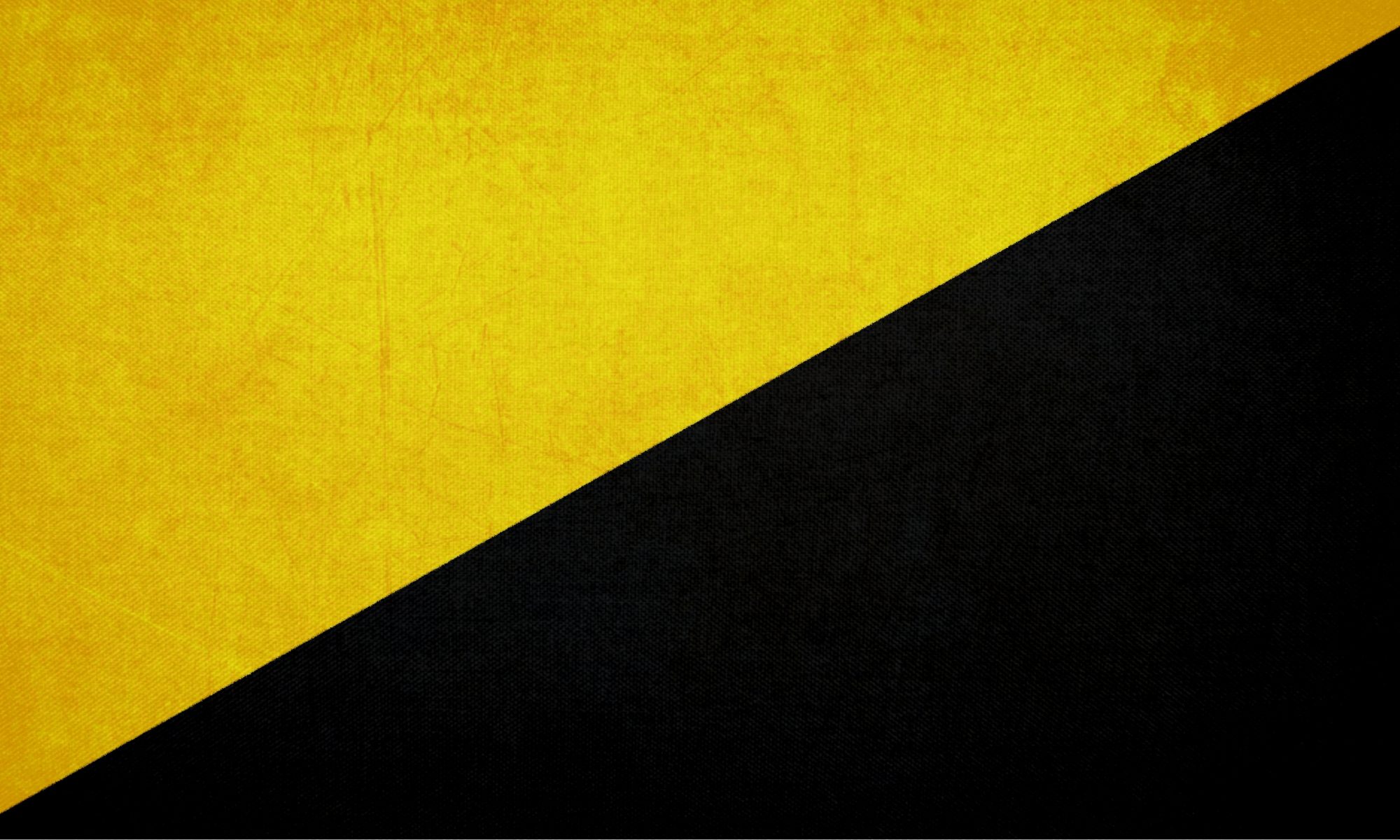In recent years, the meme of throwing one’s political rivals out of helicopters has become popular among certain right-wing and libertarian groups. Unfortunately, people from all over the political spectrum tend to misunderstand the historical context of the meme, and thus interpret it incorrectly. Let us consider the backstory of helicopter rides in order to better understand their use, ethics, and utility. Socialism in Chile In 1970, Socialist candidate Salvador Allende became President of Chile, winning a plurality of votes and allying with the third-place Christian Democrats to gain the necessary majority to rule. He was the first openly Marxist head of state in a Latin American country to come to power through democratic means. The CIA and KGB both spent significant amounts of money to interfere in the election. Once in power, Allende’s government took over control of large-scale industries, health care, and education. He expanded government theft and redistribution of land initiated by his predecessor Eduardo Frei Montalva, such that no estate exceeded 80 hectares (198 acres) by the end of 1972.[1] Payment of pensions and grants resumed, and social programs were greatly expanded. The arts became funded by the state. Diplomatic relations with Cuba were restored, and political prisoners were released. Price fixing for bread, wages, and rent occurred. Taxes on small incomes and property were eliminated. College was made tuition-free. The voting age was lowered to eighteen and literacy requirements were removed. Between October 1970 and July 1971, purchasing power increased 28 percent.[2] In that year, inflation fell from 36.1 percent to 22.1 percent, while average real wages rose 22.3 percent.[3] Like all socialist experiments, the short-term results were good. But as Margaret Thatcher would later observe, “Socialist governments…always run out of other people’s money.” Government spending increased 36 percent from 1970 to 1971.[3] The national debt soared and foreign reserves declined. Declining prices in copper, Chile’s chief export commodity, only worsened matters. Black markets in staple foods emerged as rice, beans, sugar, and flour disappeared from store shelves. The Allende government announced its intent to default on debts owed to international creditors, including foreign governments. Strikes began in 1972, to which Allende responded by nationalizing trucks to keep truckers from halting the economic life of the nation. The courts intervened and made Allende return the trucks to their owners. By the summer of 1973, Allende’s government was ripe for overthrow. On June 29, Colonel Roberto Souper surrounded the presidential palace with a tank regiment but did not succeed in overthrowing Allende. In May and again in August, the Supreme Court of Chile complained that the Allende government was not enforcing the law. The Chamber of Deputies accused Allende of refusing to act on approved constitutional amendments that would limit his socialist plans, and called on the military to restore order. Following embarassment and public protest, General Carlos Prats resigned as defense minister and commander-in-chief of the army, being replaced in the latter post by General Augusto Pinochet. Allende accused the Congress of sedition and obstruction, and argued that the accusations were false. The Chilean Coup On September 11, 1973, the Chilean Navy captured Valparaiso by 7:00 a.m. They closed radio and television networks in the central coast. Allende was informed of this, and went to the presidential palace. By 8:00, the army closed most broadcast stations in the capital of Santiago, while the Air Force bombed the remaining active stations. Admiral Montero, the Navy commander and an Allende loyalist, was cut off from communication. Leadership of the Navy was transferred to Jose Toribio Merino, who worked with Pinochet and Air Force General Gustavo Leigh in the coup. The leaders of the police and detectives went to the palace with their forces to protect Allende. Allende learned the full extent of the rebellion at 8:30 but refused to resign. By 9:00, the armed forces controlled all but the city center in Santiago. The military declared that they would bomb the palace if Allende resisted. Allende gave a farewell speech, and Pinochet advanced armor and infantry toward the palace. Allende’s bodyguards fired at them with sniper rifles, and General Sergio Arellano Stark called in helicopter gunships to counter them. The palace was bombed once Air Force units arrived. At 2:30, the defenders surrendered and Allende was found dead by his own hand. Following the coup, the military killed around 3,000 leftists and imprisoned 40,000 political enemies in the National Stadium of Chile. Ninety-seven of those killed were eliminated by the Caravan of Death, a Chilean Army death squad that flew by helicopters in October 1973. The squad, led by General Stark, would travel between prisons, ordering and carrying out executions. The victims were buried in unmarked graves. This is one origin of the meme of helicopter rides, though squads other than Stark’s were responsible for the literal act referenced, having thrown 120 civilians from helicopters into the ocean, rivers, and lakes of Chile. Read the entire article at ZerothPosition.com References: Collier, Simon; Sater, William F. (2004). A History of Chile, 1808–2002. Cambridge University Press. Zipper, Ricardo Israel (1989). Politics and Ideology in Allende’s Chile. Arizona State University, Center for Latin American Studies. Larrain, Felipe; Meller, Patricio (1991). The Socialist-Populist Chilean Experience, 1970-1973. University of Chicago Press. Rock, David (1987). Argentina, 1516–1982. University of California Press. Dufty, Norman Francis (1969). The Sociology of the Blue-collar Worker. E.J. Brill Publishing. Dornbusch, Rüdiger; Edwards, Sebastian (1991). The Macroeconomics of populism in Latin America. University of Chicago Press.
The post A Consideration Of Helicopter Rides appeared first on The Zeroth Position.
Source: Reece Liberty.Me – A Consideration Of Helicopter Rides

